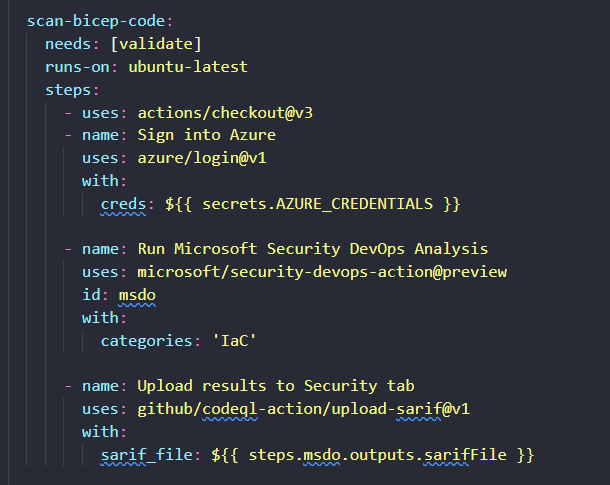
Using Workload Identities for Bicep Deployments in GitHub Actions
As I’ve been working on my side project, I’ve been trying to work on my CI/CD skills and deploy all my resources through GitHub Actions. This project is made up of a couple of services, which each have their own infrastructure and application code. I’m deploying my resources to a single resource group in Azure. To deploy infrastructure to Azure via GitHub Actions, we need to authenticate to our Azure subscription. Via the command line, we can do this using PowerShell or the CLI, but that’s possible due to us being able to interact with the authentication process. ...



